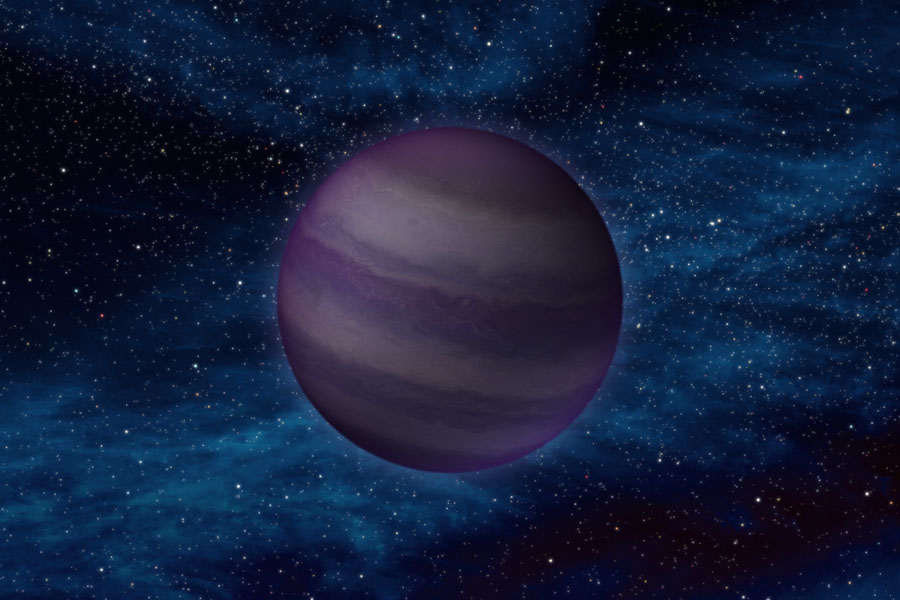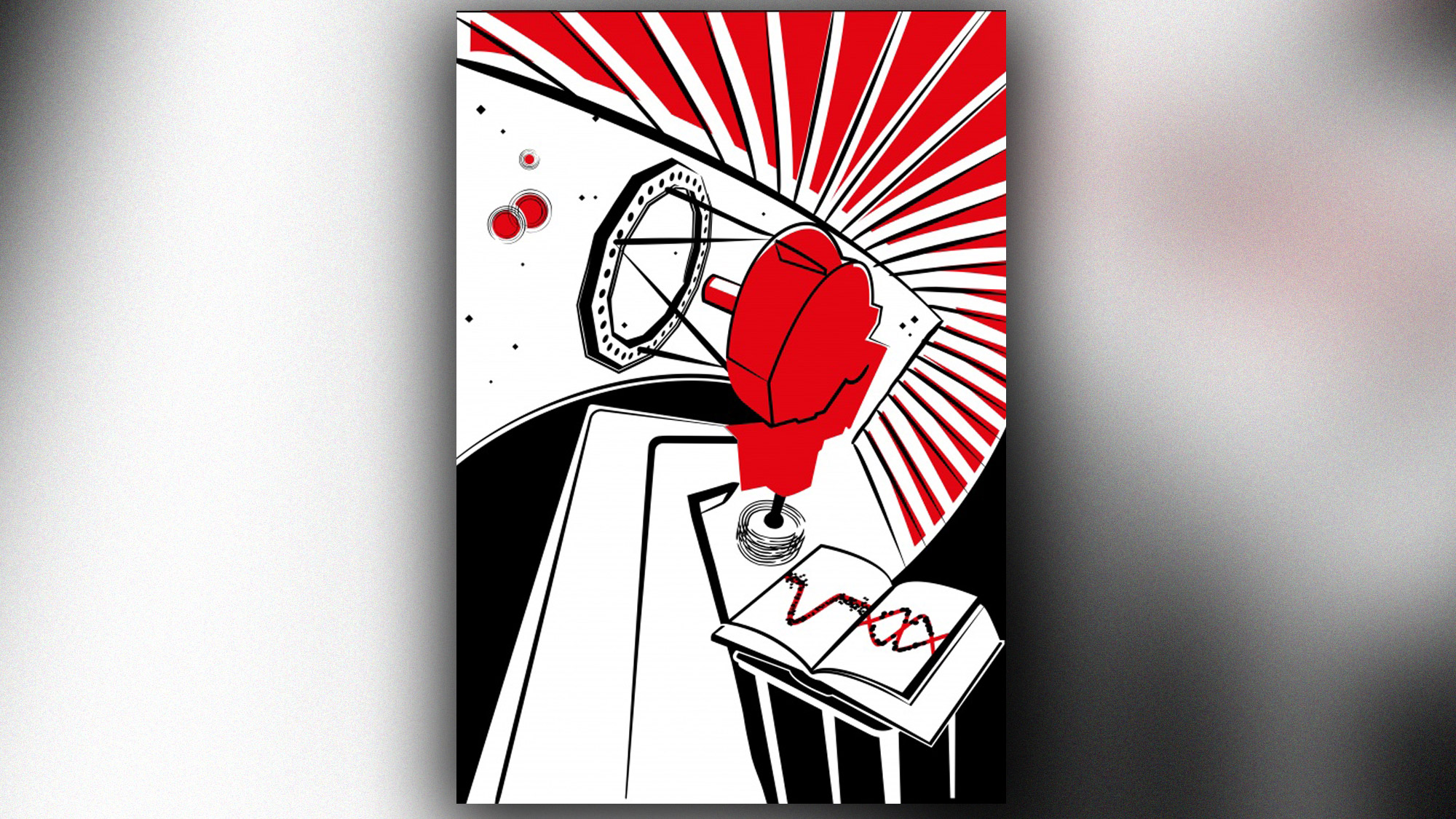Rare double brown dwarf eclipse spotted in surprise discovery
It's a case of 'scientific serendipity.'

Astronomers scouring the cosmos for new planets have made a chance discovery, identifying the rare eclipse of two brown dwarfs.
"This is a great example of scientific serendipity," Adam Burgasser, a co-leading author on this study and a professor of physics at UC San Diego, said in a statement. "While searching for planets, we found an eclipsing brown dwarf binary, a system that is uniquely suited for studying the fundamental physics of these faint celestial objects."
Brown dwarfs, often referred to as "failed stars," are celestial objects that are too big to be considered planets and too small to be stars. Roughly between the size of a giant planet and a small star, scientists think that these strange objects emit mostly infrared radiation. Brown dwarfs seem to form like less massive stars, and because astronomers consider them the missing link between gas giant planets like Jupiter and small stars like red dwarfs, they help to provide insights into scientists' understanding of how objects like stars and planets form.
Related: Brown Dwarfs: Failed Stars of the Universe Explained (Infographic)
Making a rare discovery
This international team of researchers was working on a project called SPECULOOS (Search for habitable Planets EClipsing ULtra-cOOl Stars), which searches for planets orbiting tiny stars (and brown dwarfs). The project identifies planets by spotting them transiting, or passing, in front of their star, which causes a temporary dip in brightness.
With this project the researchers set their sights on the brown dwarf 2MASSW J1510478-281817, better known as 2M1510. The brown dwarf, located in the constellation Libra, looked a little different, however. This led the team to speculate that it might actually be two brown dwarfs orbiting one another.
"Among the first test observations we performed, we turned one of our telescopes to a known brown dwarf. But suddenly the object appeared to get dimmer for about 90 minutes, which indicated an eclipse just took place," Michaël Gillon, principal investigator of the SPECULOOS project, said in the statement.
Breaking space news, the latest updates on rocket launches, skywatching events and more!
"We rapidly realized that we were probably looking at two eclipsing brown dwarfs, one passing in front of the other, a configuration which is much rarer than planetary systems," Artem Burdanov, a co-author on this study and a postdoctoral researcher at MIT, added in the statement.
The team confirmed their suspicion that the brown dwarf was really two from observations with the powerful 10-meter Keck II telescope and the 8-meter Very Large Telescope in Chile, where the SPECULOOS telescopes are located.
This is only the second such system to ever be identified, making it extremely rare. They are especially difficult to spot because the system needs to be aligned "just so" at just the right time for it to be observed and identified.
What also made this a rare find was that there was a third component orbiting farther away from the two brown dwarfs, making it a brown dwarf triple system. Yet another unique feature of this system is that 2M1510 is among a very small group of brown dwarfs that scientists can determine the age of.
"Collecting a combination of mass, radius and age is really rare for a star, let alone for a brown dwarf, Amaury Triaud, the primary author of this study and a Birmingham Fellow at the University of Birmingham in the U.K., said in the statement. "Usually one or more of these measurements is missing."
By filling in these missing pieces, "we were able to verify theoretical models for how brown dwarfs cool, models which are over 30 years old. We found models match remarkably well with the observations, a testament to human ingenuity," Triaud added.
This work was published yesterday (March 9) in the journal Nature Astronomy.
- Brown Dwarfs: Strange Failed Stars of the Universe Explained (Infographic)
- 100 Billion Failed Stars May Be Hiding in the Milky Way
- Record-Breaker! Heftiest and Purest 'Failed Star' Identified
Follow Chelsea Gohd on Twitter @chelsea_gohd. Follow us on Twitter @Spacedotcom and on Facebook.
OFFER: Save at least 56% with our latest magazine deal!
All About Space magazine takes you on an awe-inspiring journey through our solar system and beyond, from the amazing technology and spacecraft that enables humanity to venture into orbit, to the complexities of space science.

Chelsea “Foxanne” Gohd joined Space.com in 2018 and is now a Senior Writer, writing about everything from climate change to planetary science and human spaceflight in both articles and on-camera in videos. With a degree in Public Health and biological sciences, Chelsea has written and worked for institutions including the American Museum of Natural History, Scientific American, Discover Magazine Blog, Astronomy Magazine and Live Science. When not writing, editing or filming something space-y, Chelsea "Foxanne" Gohd is writing music and performing as Foxanne, even launching a song to space in 2021 with Inspiration4. You can follow her on Twitter @chelsea_gohd and @foxannemusic.


